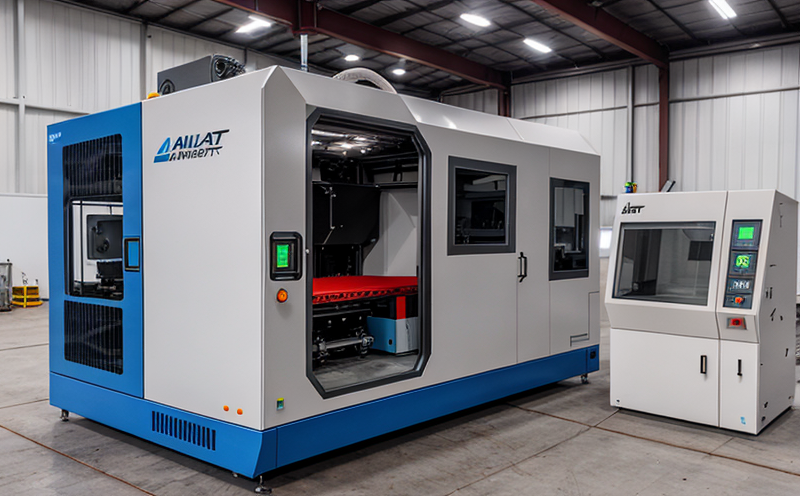EN ISO 52901 Quality Testing for AM Components
The EN ISO 52901 standard provides a framework to ensure the quality and reliability of Additive Manufacturing (AM) components. This service is specifically tailored to meet the rigorous requirements set by this international standard, ensuring that AM parts are fit for their intended use in industrial manufacturing processes.
The process begins with careful selection and preparation of raw materials. Ensuring a consistent feedstock supply is crucial; this involves not only the material itself but also its grain size distribution, chemical composition, and mechanical properties. The pre-processing steps include cleaning the build chamber, selecting appropriate support structures, and optimizing slicing parameters.
The actual AM process involves numerous stages where quality can be impacted. These include laser settings (power, speed), layer thickness, scanning strategies, and post-processing techniques such as annealing or heat treatment to enhance mechanical properties. Monitoring these variables during the manufacturing cycle is essential for meeting EN ISO 52901 standards.
Post-build evaluation encompasses a range of tests designed to assess both internal integrity and surface finish. Non-destructive testing (NDT) methods like X-ray fluorescence (XRF), computed tomography (CT), and ultrasonic testing are commonly used. These techniques help identify defects such as porosity, cracks, or misalignments that could compromise the structural integrity of the component.
For surface finish evaluation, profilometers provide precise measurements of roughness parameters like Ra (arithmetical mean) and Rz (maximum height). Additionally, visual inspections conducted by trained personnel can catch defects missed by automated systems. Mechanical property testing includes tensile strength determinations using standard specimens prepared according to ISO standards.
The final step is certification through detailed documentation that includes raw material certificates, process parameters logs, inspection reports, and test results. This comprehensive approach ensures compliance with EN ISO 52901 requirements and provides confidence in the quality of AM components produced by our facility.
Quality and Reliability Assurance
- Consistent Material Quality: Ensuring uniformity across all batches ensures that every part meets the same high standards.
- Process Monitoring: Continuous monitoring of critical process variables guarantees optimal conditions throughout production runs.
- Non-Destructive Testing: Utilizing advanced imaging technologies allows for detailed inspections without damaging the components.
- Standardized Reporting: Comprehensive documentation supports traceability and compliance verification.
Our commitment to quality is reflected in our adherence to international standards such as EN ISO 52901, which sets stringent guidelines for additive manufacturing processes. By following these protocols, we ensure that each component produced meets the highest levels of reliability and performance expected by industry leaders.
Environmental and Sustainability Contributions
The implementation of strict quality control measures in accordance with EN ISO 52901 not only enhances product quality but also contributes positively to environmental sustainability. Efficient use of raw materials reduces waste generation, while optimized process parameters minimize energy consumption during manufacturing.
By adhering strictly to the standards outlined by this international specification, we help reduce the carbon footprint associated with industrial production processes. Furthermore, our services support sustainable development goals by promoting innovation and efficiency in additive manufacturing technology.
Use Cases and Application Examples
| Application | Description |
|---|---|
| Aerospace Components | Manufacturing lightweight yet strong parts for aircraft structures. |
| Medical Implants | Creating customized bone grafts and orthopedic devices tailored to individual patient needs. |
| Military Equipment | Better armor plating that withstands harsh environmental conditions without compromising mobility or durability. |
| Automotive Parts | Producing intricate engine components with precise tolerances for enhanced performance and fuel efficiency. |
| Consumer Goods | Crafting durable yet aesthetically appealing prototypes for product development cycles. |
| Renewable Energy Systems | Built-to-order turbine blades that optimize power generation capabilities while reducing material waste. |
The diverse applications of EN ISO 52901 compliant additive manufacturing demonstrate its versatility across various sectors. From high-tech aerospace projects to everyday consumer products, this service ensures consistent quality and reliability throughout the entire production chain.





